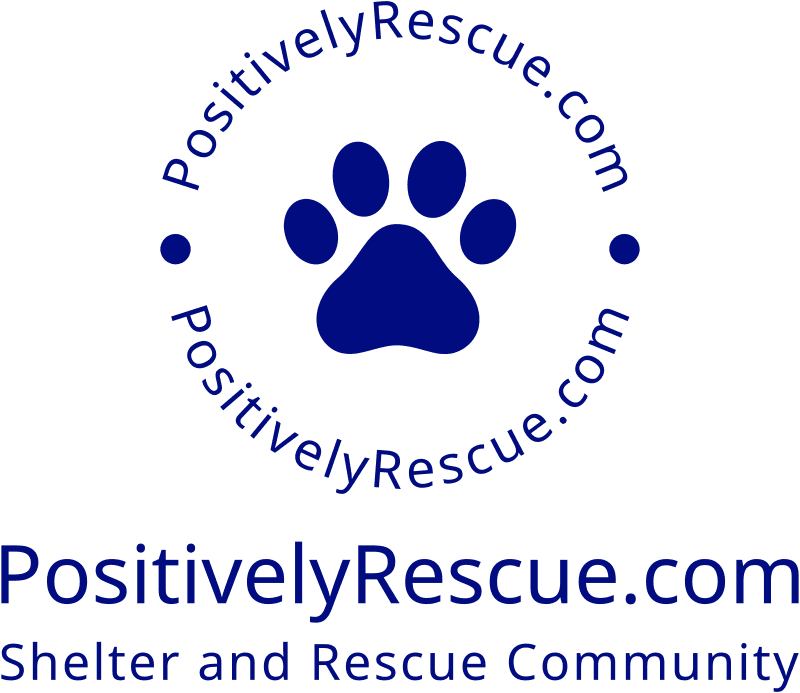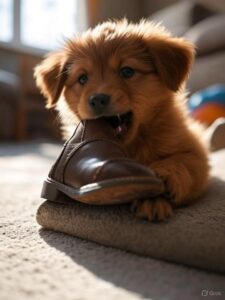🐾 Chewing and Destructive Behavior in Dogs
Why It Happens and How to Stop It (Without the Frustration)
One of the most common complaints from new adopters is destructive chewing—ruined shoes, shredded pillows, gnawed furniture, or mysterious holes in the yard. It’s frustrating, yes—but it’s also very normal, especially in young or newly adopted dogs.
The good news? Destructive behavior is almost always fixable with a little understanding, management, and consistency.
🧠 Why Dogs Chew and Destroy
Dogs don’t chew to be naughty—they chew because:
-
🦷 They’re teething (puppies)
-
😴 They’re bored and need mental stimulation
-
😬 They’re anxious or stressed
-
🐕 They’re exploring their new environment
-
🐾 They haven’t yet learned what’s “okay” to chew and what’s not
If you just brought your dog home, remember: they don’t know the rules yet. They’re not chewing to “get back at you”—they’re doing what dogs do when left to their own devices.
🛠 Step 1: Management Is Your Best Friend
Until your dog learns the ropes, you must manage their environment.
-
Use baby gates, pens, or closed doors to keep your dog in safe zones.
-
Dog-proof rooms by removing shoes, cords, trash, and valuables.
-
Don’t give free roam of the house too soon—freedom is earned!
You can’t train a dog you can’t supervise. Management prevents mistakes before they happen.
🧩 Step 2: Offer Better Alternatives
Your dog needs to chew. So the key is to redirect that urge to appropriate outlets.
Offer:
-
Durable chew toys (Kongs, Benebones, Nylabones, etc.)
-
Soft plush toys (for gentle chewers)
-
Frozen treats or stuffed toys
-
Rope toys or tug toys
Every time you catch your dog chewing something inappropriate:
-
Say a calm “nope” or “uh-uh”
-
Redirect with an approved chew item
-
Praise them when they take the new item
Consistency teaches your dog what’s acceptable—without fear or punishment.
🕒 Step 3: Meet Their Physical & Mental Needs
A bored dog will find something to do. You may not like what they choose.
To reduce chewing and destruction, make sure your dog gets:
-
Daily physical exercise (walks, fetch, play)
-
Mental stimulation (training, puzzle toys, scent games)
-
Enrichment activities (lick mats, frozen Kongs, interactive feeders)
If your dog spends most of their day under-stimulated, they’ll burn energy through chewing and destruction. Prevention starts with keeping their brain and body busy.
⏱️ Step 4: Catch It Early
Dogs learn best through timing. If you catch them chewing in the act, you can redirect. If you discover destruction after the fact, it’s too late to correct—it will just confuse or scare your dog.
What not to do:
-
Don’t yell or punish your dog after the fact.
-
Don’t “show them” the mess and scold them.
-
Don’t assume guilt based on their “guilty look.” That’s just fear.
Instead, increase supervision, improve management, and set them up for success next time.
🧠 What About Crating?
A crate can be a useful tool if your dog is crate-trained and comfortable in it. It helps prevent destruction when you can’t supervise.
If your dog isn’t ready for a crate, try:
-
A dog-proofed room
-
A secure playpen with toys
-
A tether station (supervised only)
Always pair alone time with a chew toy or treat to make it a positive experience.
🚨 When to Be Concerned
Sometimes chewing and destruction may be a sign of something more serious:
-
Separation anxiety (destruction near exits, pacing, howling when alone)
-
Teething pain (puppies between 4–7 months)
-
Medical issues (nutritional deficiency, dental pain)
If your dog’s behavior is intense, obsessive, or sudden, talk to your vet or a professional trainer to rule out underlying causes.
💬 Final Thoughts
Destructive behavior isn’t about disobedience—it’s about unmet needs. When you combine supervision, redirection, and enrichment, your dog learns what’s okay to chew, and those bad habits fade away.
With consistency and compassion, you’re not just saving your furniture—you’re building a respectful, trusting relationship that lasts a lifetime.

